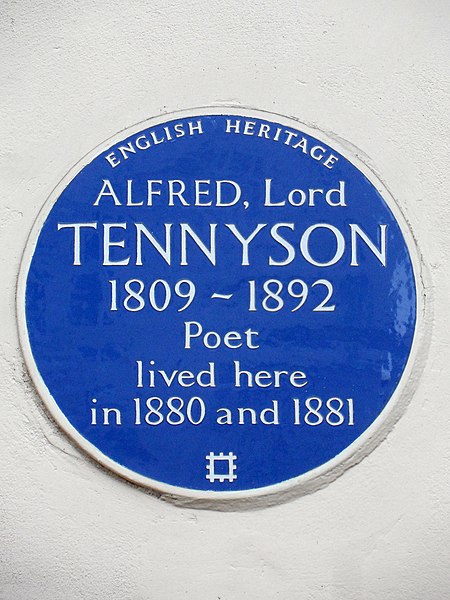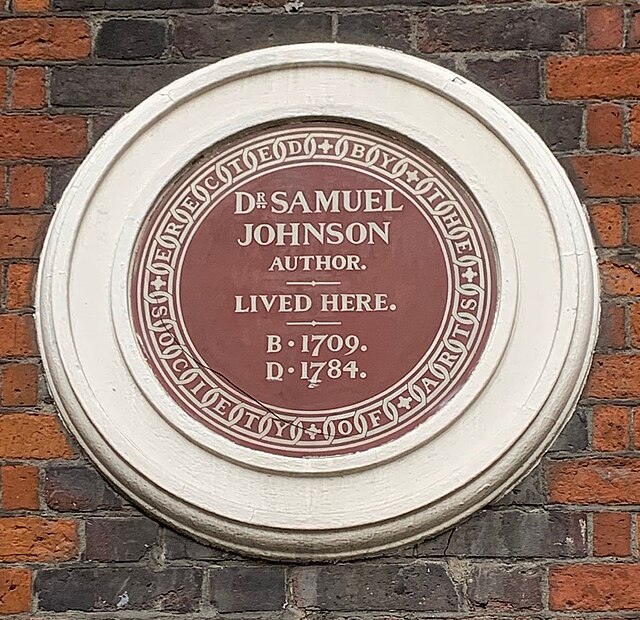The Ulster History Circle is a heritage organisation that administers Blue Plaques for the area that encompasses the province of Ulster on the island of Ireland. It is a voluntary, not-for-profit organisation, placing commemorative plaques in public places in honour of people and locations that have contributed to all genres of history within the boundaries of the nine-county province of Ulster. Founded in the early 1980s, the group receives no government funding, unlike many similar organisations in the United Kingdom.
Blue plaque for James Magennis in Belfast
A blue plaque is a permanent sign installed in a public place in the United Kingdom, and certain other countries and territories, to commemorate a link between that location and a famous person, event, or former building on the site, serving as a historical marker. The term is used in the United Kingdom in two senses. It may be used narrowly and specifically to refer to the "official" scheme administered by English Heritage, and restricted to sites within Greater London; or it may be used less formally to encompass a number of similar schemes administered by organisations throughout the UK. The plaques erected are made in a variety of designs, shapes, materials and colours: some are blue, others are not. However, the term "blue plaque" is often used informally to encompass all such schemes.
English Heritage blue plaque at 9 Upper Belgrave Street, Belgravia, London, commemorating Poet Laureate Alfred, Lord Tennyson (erected 1994)
The blue plaque commemorating the flat at 34 Ridgount Gardens in London, where reggae icon Bob Marley lived in 1972
Society of Arts plaque on Samuel Johnson's house in Gough Square, London (erected 1876). Many of the early Society of Arts and LCC plaques were brown in colour.
London County Council plaque at 48 Doughty Street, Holborn, commemorating Charles Dickens (erected 1903)





